Deglet Nour
Deglet Nour
Tytus Grodzicki
May 20, 2020
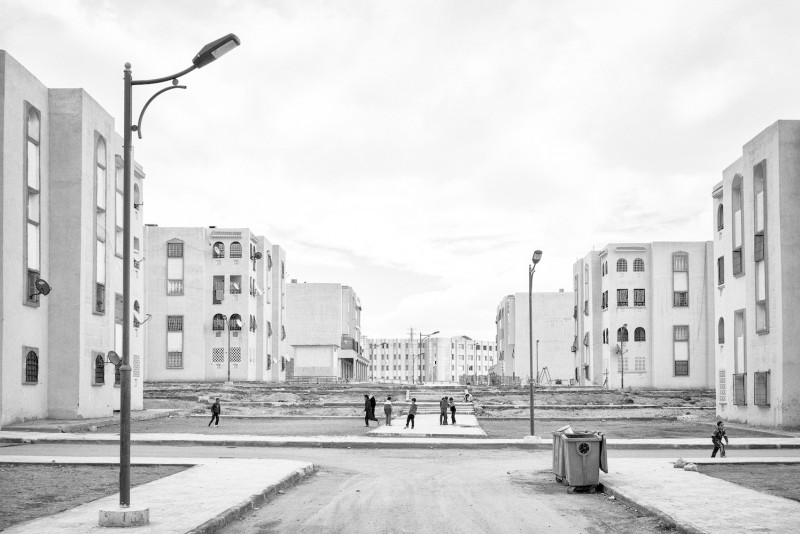
M’Sila
LFI: What is the personal story that connects you to Algeria?
Tytus Grodzicki: I lived there in 1983–84, when I was eleven and twelve years old, when I was becoming a teenager. Both my parents worked in Algeria as engineers in a design bureau. I found myself abroad and on another continent – one that was quite culturally unusual for me. We travelled a lot in that extremely big and fascinating country.
Did you go back to Algeria later?
During the nineties there was a civil war in Algeria, so going back was impossible. The first time I went back was in 2008. I organised a 4x4 adventure of about 6000 km through the Algerian Sahara. That was when I met my friend Piotr, whose own story was similar to mine – though he lived in Algeria even longer than I did.
What triggered your return, and made you photograph the series for your book?
In 2014, Piotr and I decided to go to Algeria. Our goal was to first visit the places where we had lived, and then other places and cities as well. It was a backpacker trip, where we travelled mainly by bus and train. The series was the outcome of two visits to the country: in May-June of 2014 and in February of 2015. We spent 2 to 3 weeks there each time.
Which places were you particularly interested in?
The itinerary mainly covered the northern part of the country, but also reached some places on the northern edge of Sahara, like the cities of Ghardaia, Biskra, El-Oued and Touggourt. For my photography work, I’m mainly interested in daily life and ordinary situations. I like to wander the streets and watch how people live – which is the same as I do in Poland and in other places I go to.
Were there things that haven’t changed?
Yes, the hospitality and kindness of the people.
You photographed the series with a Leica M 240, right? Why did you choose black and white?
Yes, the Leica M has been my main camera from some time. I started with the M9, then the M240, and now I’m using an M10P. As a backup I use a Ricoh GR3. This project was shot pretty much entirely with the M240, and some shots with the GR. I’m mainly interested in shapes, composition, gestures and people. Sometimes colours can have too much influence on those aspects – which is why I preferred black and white in this case.
Could you explain the title of the book?
When the preparations for the book were mostly finished, I got the idea that Deglet Nour would suit it the best. This is the name of the best variety of dates found in Algeria. The translation is: finger of light. Light gives life to dates and to photography. This title adds a bit of gentleness and sweetness to my black and white work.
How were the reactions to the book in Algeria?
The reactions were very warm. My friends are touched and proud of my work. One of them even came to the first exhibition held in Poznan in the winter of 2019. I hope to put on an exhibition in Algeria – I have some plans for 2021.
with Summicron-M 35 mm f/2 Asph
LFI 4.2020+-
Find out more about the project Deglet Nour in LFI 4.2020. More
Book+-
Deglet Nour was published in 2018 by Blow Up Press.
Tytus Grodzicki+-
...was born in Poznan, Poland in 1972. He completed his studies in Economical Sciences at the University of Poznan in 1995. He manages his own company there in the field of construction consultation. His photographic interests lie primarily in documentary, street and travel photography. He lives and works in Poznan. More

M’Sila
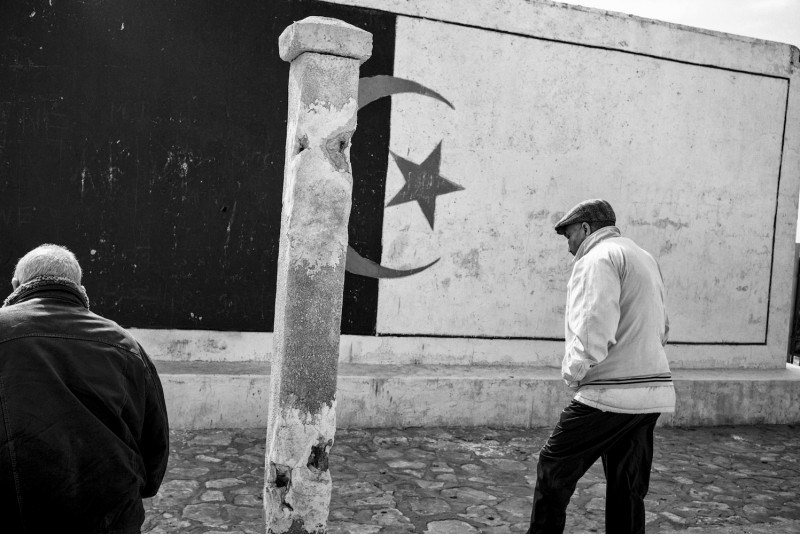
Zaatcha
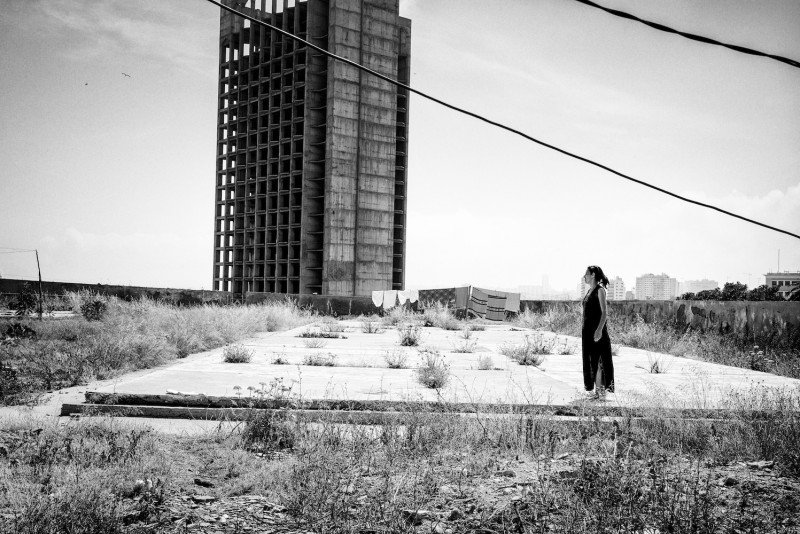
Oran
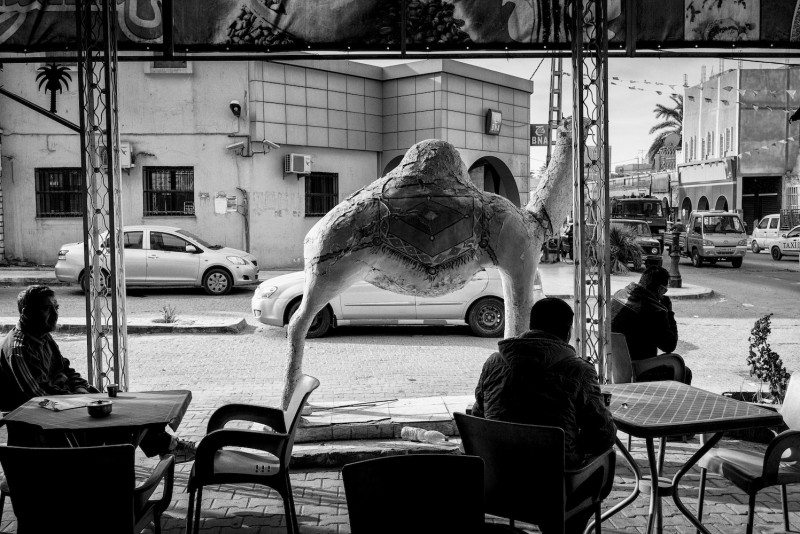
Touggourt
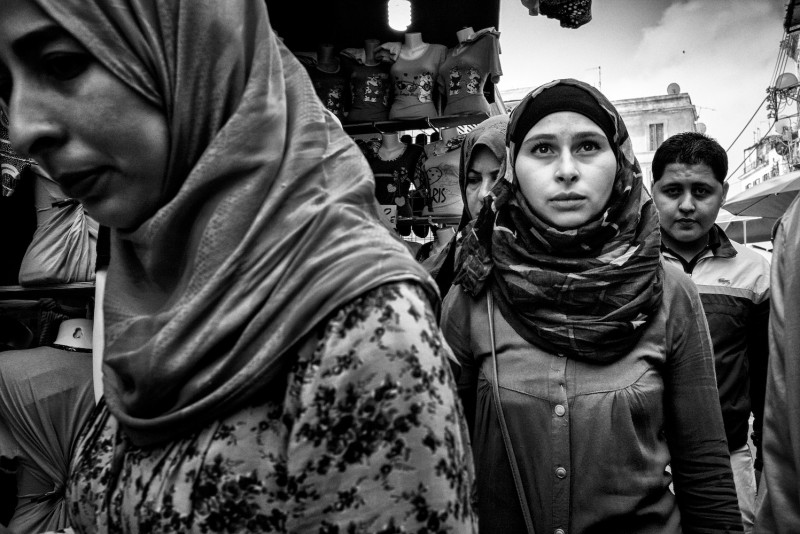
Casbah, Alger
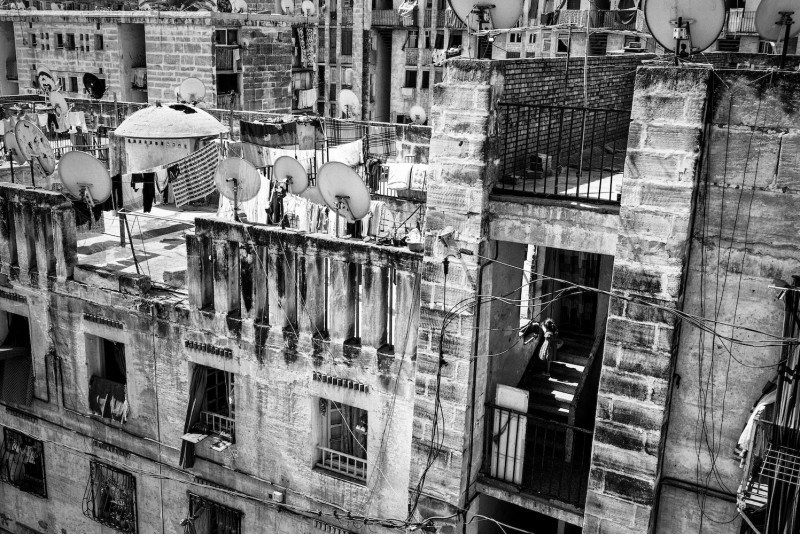
Alger
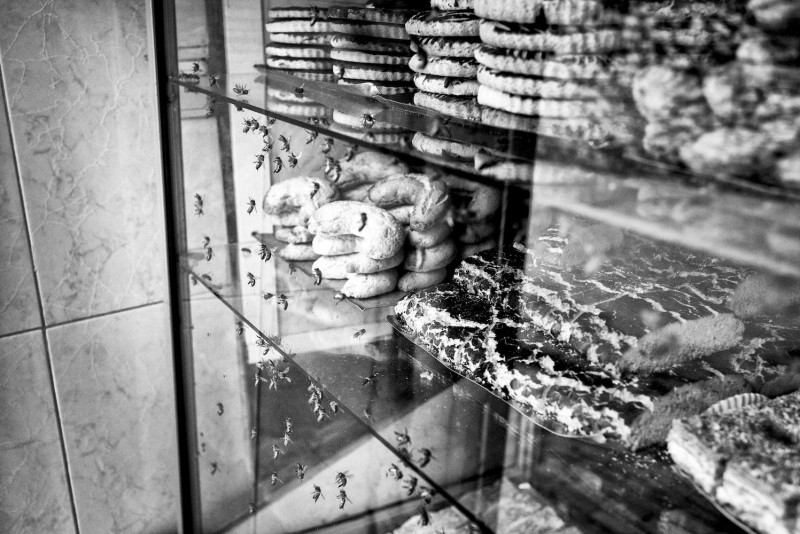
Casbah, Alger
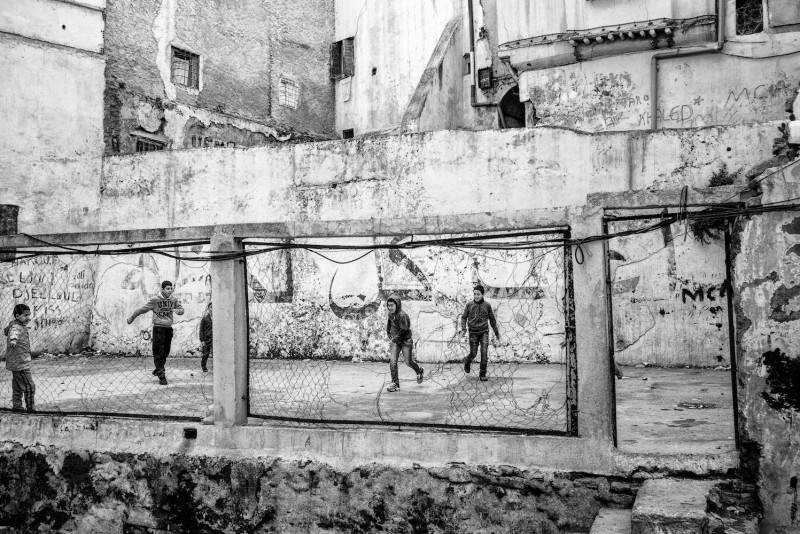
Alger
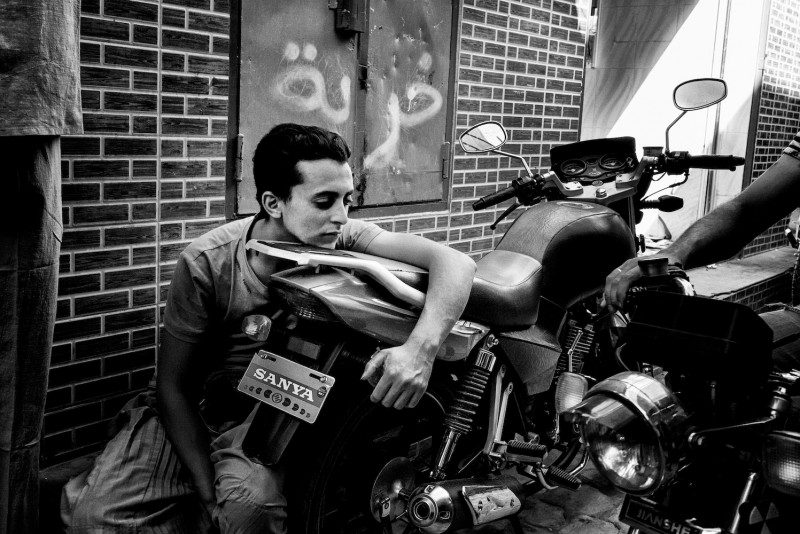
Ghardaia

